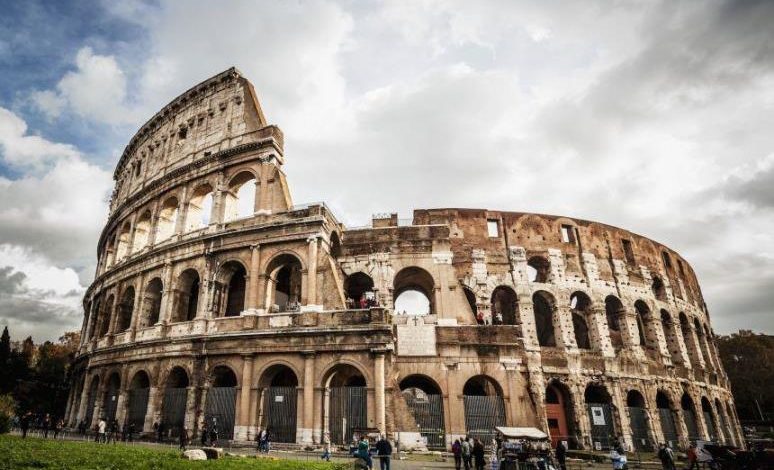The Colosseum’s Contributions to Western Civilization: Unraveling Its Cultural Impact

The Colosseum’s Contributions to Western Civilization: Unraveling Its Cultural Impact
Introduction
The Colosseum, also known as the Flavian Amphitheatre, is a marvel of ancient architecture located in Rome, Italy. Built during the reign of Emperor Vespasian in AD 72-80, this iconic structure has not only withstood the test of time but also made significant contributions to Western civilization. Let’s unravel the cultural impact of the Colosseum and explore its profound influence on various aspects of society.
The Architecture and Engineering Marvel
Revolutionizing Amphitheater Design
The Colosseum’s architectural brilliance lies in its ingenious design and engineering. With a seating capacity of up to 50,000 spectators, it stands as the largest amphitheater ever constructed. The elliptical shape allowed for better acoustics and ensured that all attendees could have an unobstructed view of the events taking place in the arena. The Colosseum’s design set the standard for future amphitheaters, and many modern stadiums draw inspiration from its layout and structural engineering.
Preservation of Roman Culture
The Colosseum was not just a venue for gladiatorial contests and public spectacles; it also served as a powerful symbol of Roman culture and ideology. The grandeur and magnificence of the structure showcased the wealth, power, and sophistication of the Roman Empire. The events held within its walls were not only entertainment but also a means to reinforce Roman values, such as bravery, endurance, and the importance of cultural identity.
Cultural Impact of the Colosseum
Entertainment and Social Cohesion
The Colosseum played a crucial role in the lives of Romans, providing them with a sense of entertainment, escapism, and community. The spectacles and games held in the amphitheater brought people from various walks of life together, fostering social cohesion and a shared sense of belonging. It became a place where people could forget their daily struggles and immerse themselves in the excitement and drama of the events unfolding before them.
Architectural Inspiration
The influence of the Colosseum’s architecture extends far beyond its original purpose. Over the centuries, its design and aesthetics have inspired countless architects and artists. Elements of the Colosseum’s architecture can be found in structures around the world, including famous landmarks like the United States Capitol building and the Pantheon in Paris. Its impact on architectural design is a testament to the timeless beauty and innovative engineering of this ancient wonder.
FAQs about the Colosseum
1. How long did it take to build the Colosseum?
The construction of the Colosseum began in AD 72 and was completed in AD 80, taking a total of 8 years to finish. Remarkably, considering the tools and technology available at the time, this feat of engineering was accomplished in a relatively short period.
2. What was the purpose of the Colosseum?
The Colosseum had multiple purposes. It served as a venue for gladiatorial combats, mock naval battles, animal hunts, and other public spectacles. These events were not only for entertainment but also aimed to reinforce Roman values, maintain social order, and appease the masses.
3. How did the Colosseum influence Western civilization?
The Colosseum’s influence can be seen in various aspects of Western civilization. Its architectural design set a precedent for future amphitheaters and stadiums. Additionally, the Colosseum’s cultural impact, as a symbol of Roman power and values, can be seen in art, literature, and even in the democratic values embraced by modern Western societies.
Conclusion
The Colosseum stands as a testament to the genius and vision of ancient Roman architecture. Beyond its awe-inspiring splendor, the Colosseum has had a profound cultural impact on Western civilization. Its contributions, from revolutionizing amphitheater design to preserving Roman culture and influencing architectural aesthetics, continue to shape our understanding and appreciation of the past. Visiting the Colosseum today is not just a glimpse into history but an exploration of the enduring impact of this remarkable ancient structure.



